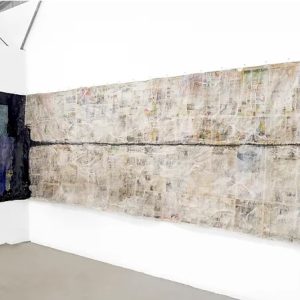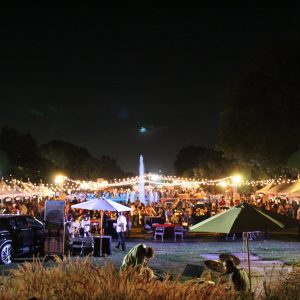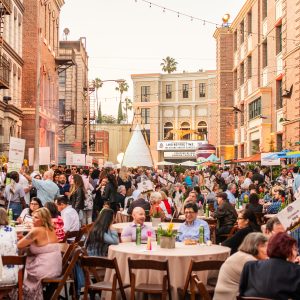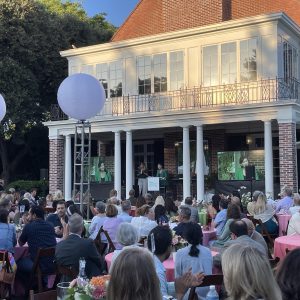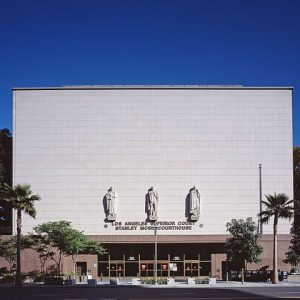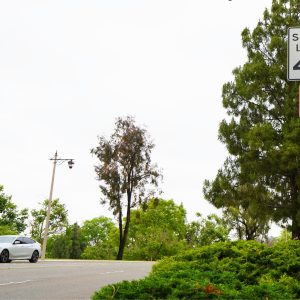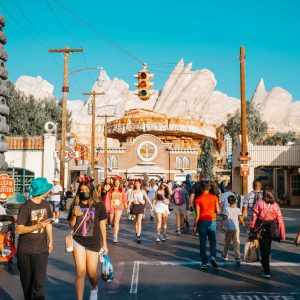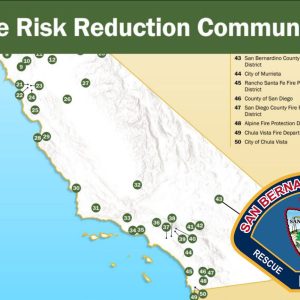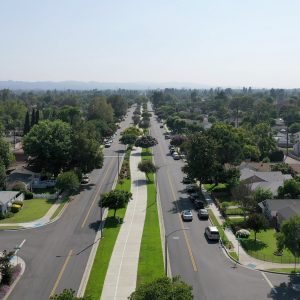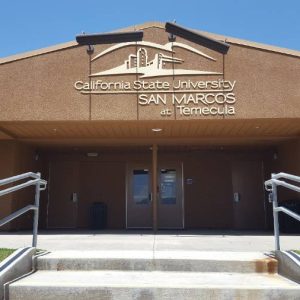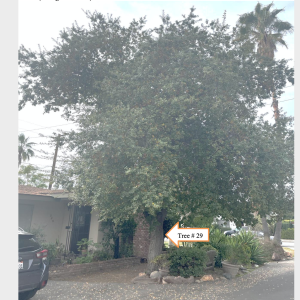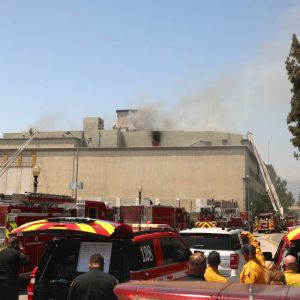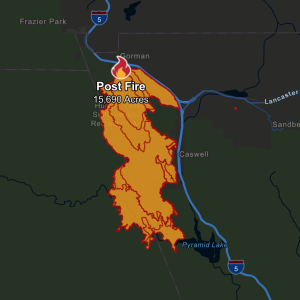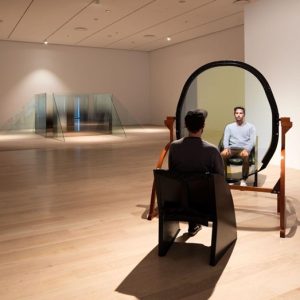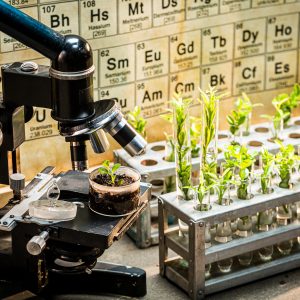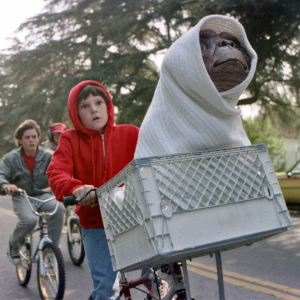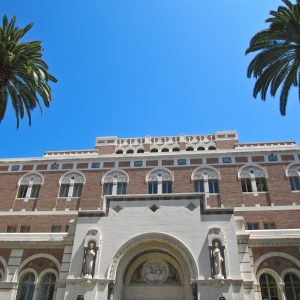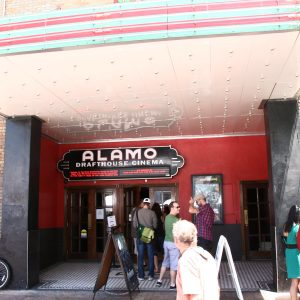 View Winners →
View Winners → Wildflowers and Wild Mammoths at Diamond Valley Lake
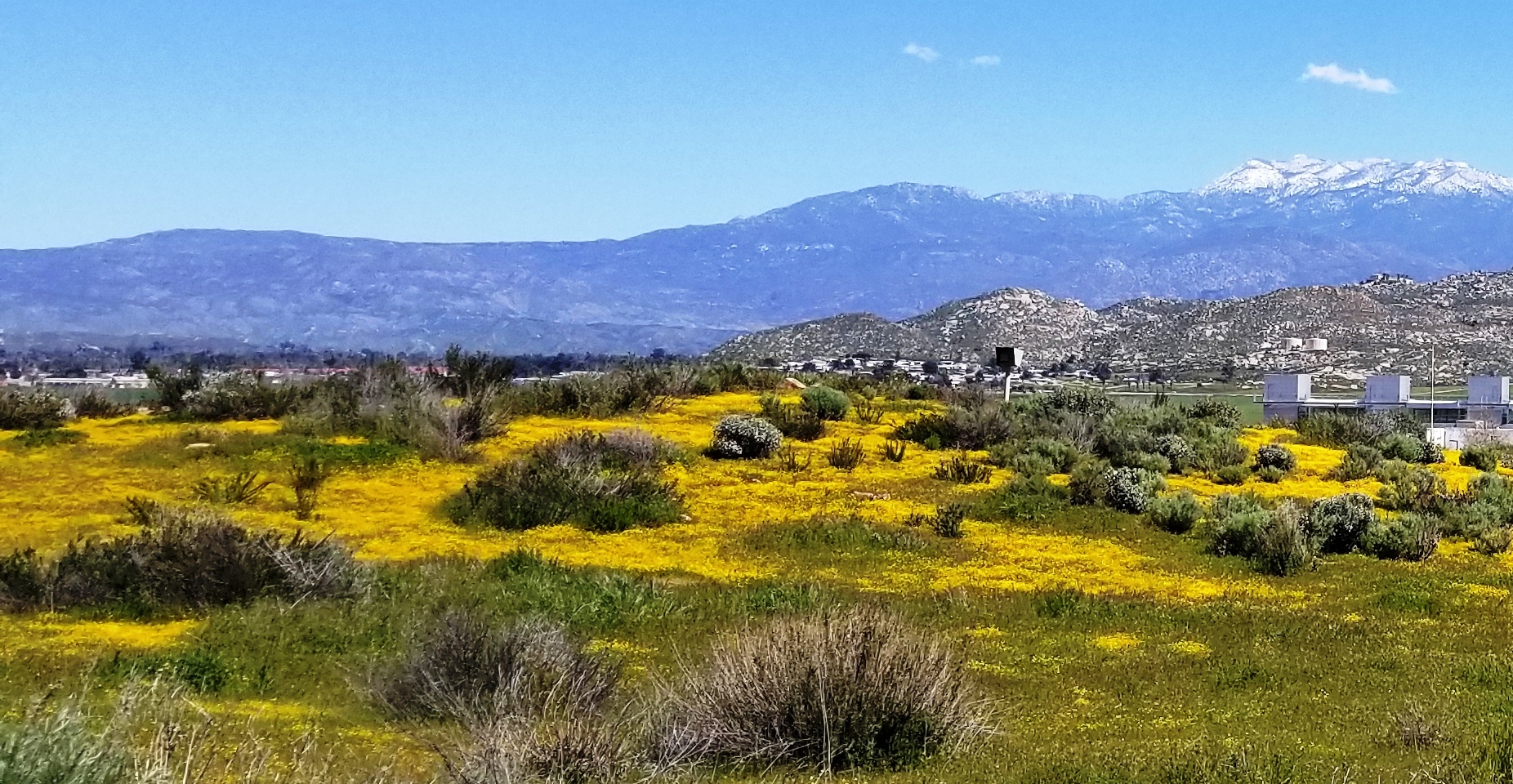
Diamond Valley Lake is blooming with wildflowers and ancient mammoths. – Photo by Greg Aragon / Beacon Media News
By Greg Aragon
Thanks to one of the wettest winters in recent memory, California wildflowers are experiencing a super bloom and are popping up along highways, meadows and trails. One of my favorite spots to see this colorful extravaganza is Diamond Valley Lake in Riverside County, where its seasonal wildflower trail is now open. And if this isn’t enough to get you excited, the lake also offers boating activity, a visitor center and a museum with prehistoric mammoth bones.
The wildflower trail, which is part of the Southwestern Riverside County Multi-Species Reserve protected area, offers impressive views of hillsides covered in the vibrant oranges, blues, purples and reds of the region’s native wildflowers. The flowers are expected to reach peak bloom by mid-March and last through April.
To get to the flowers, I drove to the lake’s marina area, paid $10 for parking and then $3 to enter. I was then given a map and sent into a hilly haven of orange California poppies, deep blue arroyo lupines, purple canterbury bells, yellow rancher’s fiddleneck, white popcorn flowers, pink red maids, and other wildflowers. The trail is a 1.3-mile loop that traverses the water and is rated as an easy-to-moderate hike with some rugged terrain.
In addition to the seasonal wildflower trail, two other trails are open to the public year-round and also afford good views of the blooming flowers. These are the Lakeview hiking and bicycling trail that circles the 4,500-surface-acre lake and the 5.9-mile North Hills trail for equestrians and hikers.
The wildflower trail is part of the Southwestern Riverside County Multi-Species Reserve, which was created by Metropolitan in 1992. The reserve covers 9,000 acres surrounding Diamond Valley Lake and connects to Lake Skinner. It is home to up to 16 sensitive bird, animal and plant species, as well as eight types of habitat, including Riversidean sage scrub, coast live oak woodland and southern willow scrub. Notable species include the Stephens’ kangaroo rat, the Bell’s sage sparrow and the San Diego horned lizard.
Besides hiking, another great way to see the flowers is to rent one of the lake’s bass or pontoon boats, bring fishing poles and lunch, and enjoy the 360-degree views from the lake itself. The last time I was at the lake I rented a pontoon boat and saw ducks and fish and cruises along shorelines teeming with trees and wild brush and secluded coves.
All of this beauty is made possible by the man-made lake, which opened in 2000 at a cost of $2 billion. With the support of three immense dams, the lake holds about 260-billion gallons (800,000 acre-feet) of water. It covers 4,500 acres, is 4.5 miles long and 2 miles wide. Its depth ranges from 160-260 feet deep.
The reservoir is supplied by the Colorado River, via Lake Silverwood, which is about 50 miles to the north. The water is transported by gravity through 12-foot diameter pipes. The reservoir holds enough emergency water to supply Southern California for six months in times of drought.
I learned about the lake from a five-minute movie at the visitor’s center. Free to the public, the center also has hands-on exhibits, a map of California’s aqueduct systems, a sample of ice age fossils, a solar panel exhibit and more.
Next to the visitor’s center is the Western Science Center, which houses a fascinating array of archaeological finds and Pleistocene Ice Age fossils that were unearthed at Diamond Valley Lake, as well as Native Americans artifacts. While here I met Max, the largest and most complete adult mastodon skeleton to be uncovered in the western United States.
Unearthed in 1993, the beast was christened “Max” due to his large size, estimated to be about 12 feet high at the shoulders. Near Max is “Xena,” a teenage Colombian mammoth, and “Little Stevie,” a large mastodon installed under a thick, tempered glass museum floor to re-create the actual dig site.
Because so many mastodons have been found near the lake, the area has been dubbed “the valley of the mastodons.” Thanks to radiometric dating, scientists believe Max, and other paleontological finds from the site, are between 11,000 to 60,000 years old.
The wildflower trail is open Wednesdays through Sundays through the end of the wildflower season. Parking is $10 and it is $3 per person to access the trail. For more information on the trails, the lake and the Western Science Center, visit dvlake.com.













